A Scared Bear Is The Biggest Bull
Introduction
The stock market is filled with interesting stories and jargon and here’s one of the fascinating ones.
A scared bear is the biggest bull.
Now, what does it mean?
A bull is someone who expects the prices to go up and a bear is someone who expects the prices to fall, right?
So, a bullish trader makes money by buying the stock or the index whereas a bearish trader makes money by shorting a stock.
Now, if you understand the concept of shorting, you know that shorting or short selling carries a much higher risk than buying, right, in other words, a bearish trader takes a much higher risk than a bullish trader to make the same amount of money. And here is where the vulnerability of the bearish trader lies.
When bearish traders short a stock or index, they expect the stock to fall rather quickly because they don’t want to be exposed to a big risk for a very long time. But if that fall doesn’t happen and the stock starts to go up instead, the bears start to get nervous.
And any further up move on the stock can turn that nervous bear into a scared bear and in that frame of mind, they are forced to cover their short positions.
And when enough scared bears cover their short positions by buying back the stock, the stock shoots up very quickly. This is also called a short covering rally.
Hence bearish traders, who originally expected the stock to fall, unwillingly move the stock prices up – much higher than any bullish trader would have imagined.
So, the next time you see a bear running for cover…have sympathy for the poor guy because he has lost the battle and is now forced to fight for the other team.
Key Takeaways
- Bull vs. Bear Dynamics:
- Bulls expect prices to rise, while bears anticipate a fall in the stock market.
- Shorting Risks:
- Shorting (betting on a stock decline) carries higher risks compared to buying.
- Vulnerability of Bearish Traders:
- Bearish traders aim for a quick decline; prolonged upward movement makes them nervous.
- Scared Bear Phenomenon:
- A scared bear is a bearish trader forced to cover short positions due to unexpected upward movement.
- Short covering rally occurs when many scared bears buy back stocks, driving prices higher.
- Irony of Market Dynamics:
- Bearish traders unintentionally contribute to stock price increases when they abandon their short positions.
- Reflects the unpredictability and irony of market behavior.
Howdy!
If you’re here for the first time, let’s get introduced.
VRD Nation is India’s premier stock market training institute and we (Team VRD Nation) are passionate about teaching each and every aspect of investing and trading.
If you’re here for the first time, don’t forget to check out “Free Training” section where we have tons of free videos and articles to kick start your stock market journey.
Also, we got two awesome YouTube channels where you can continue the learning process.
Must-Read Articles
A Scared Bear Is The Biggest Bull
Introduction
The stock market is filled with interesting stories and jargon and here’s one of the fascinating ones.
A scared bear is the biggest bull.
Now, what does it mean?
A bull is someone who expects the prices to go up and a bear is someone who expects the prices to fall, right?
So, a bullish trader makes money by buying the stock or the index whereas a bearish trader makes money by shorting a stock.
Now, if you understand the concept of shorting, you know that shorting or short selling carries a much higher risk than buying, right, in other words, a bearish trader takes a much higher risk than a bullish trader to make the same amount of money. And here is where the vulnerability of the bearish trader lies.
When bearish traders short a stock or index, they expect the stock to fall rather quickly because they don’t want to be exposed to a big risk for a very long time. But if that fall doesn’t happen and the stock starts to go up instead, the bears start to get nervous.
And any further up move on the stock can turn that nervous bear into a scared bear and in that frame of mind, they are forced to cover their short positions.
And when enough scared bears cover their short positions by buying back the stock, the stock shoots up very quickly. This is also called a short covering rally.
Hence bearish traders, who originally expected the stock to fall, unwillingly move the stock prices up – much higher than any bullish trader would have imagined.
So, the next time you see a bear running for cover…have sympathy for the poor guy because he has lost the battle and is now forced to fight for the other team.
Key Takeaways
- Bull vs. Bear Dynamics:
- Bulls expect prices to rise, while bears anticipate a fall in the stock market.
- Shorting Risks:
- Shorting (betting on a stock decline) carries higher risks compared to buying.
- Vulnerability of Bearish Traders:
- Bearish traders aim for a quick decline; prolonged upward movement makes them nervous.
- Scared Bear Phenomenon:
- A scared bear is a bearish trader forced to cover short positions due to unexpected upward movement.
- Short covering rally occurs when many scared bears buy back stocks, driving prices higher.
- Irony of Market Dynamics:
- Bearish traders unintentionally contribute to stock price increases when they abandon their short positions.
- Reflects the unpredictability and irony of market behavior.




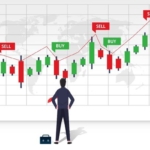


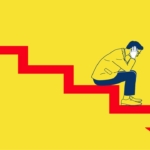






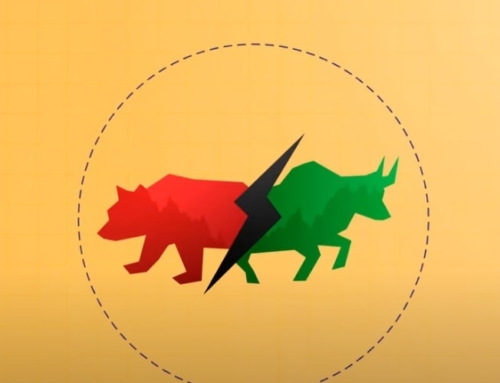
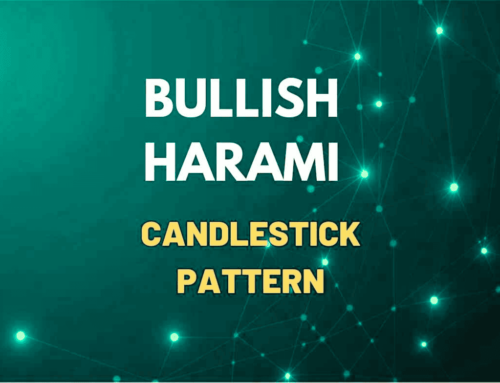
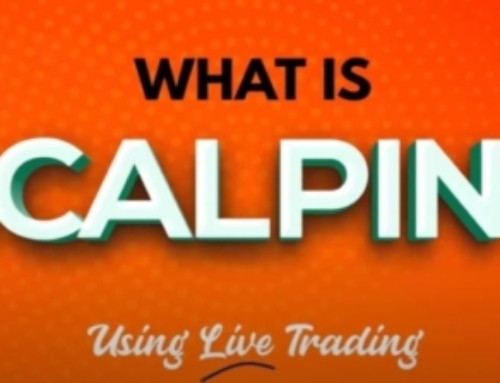
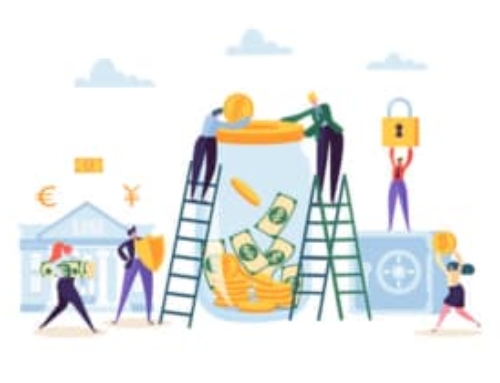

Leave A Comment